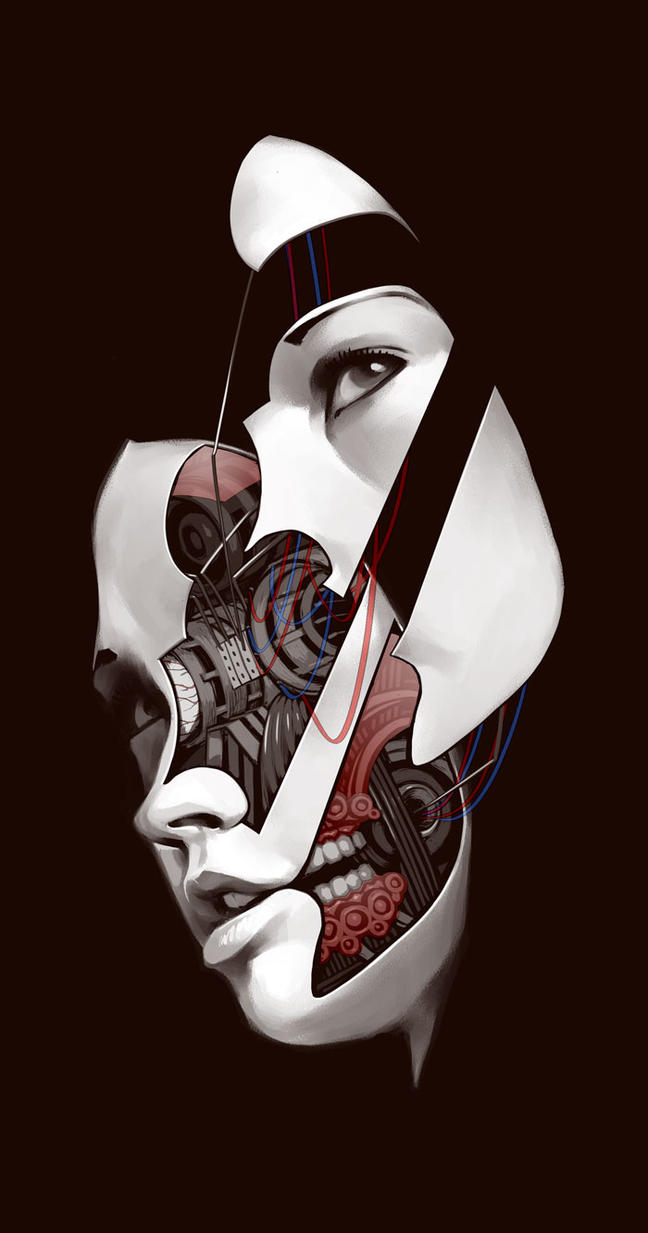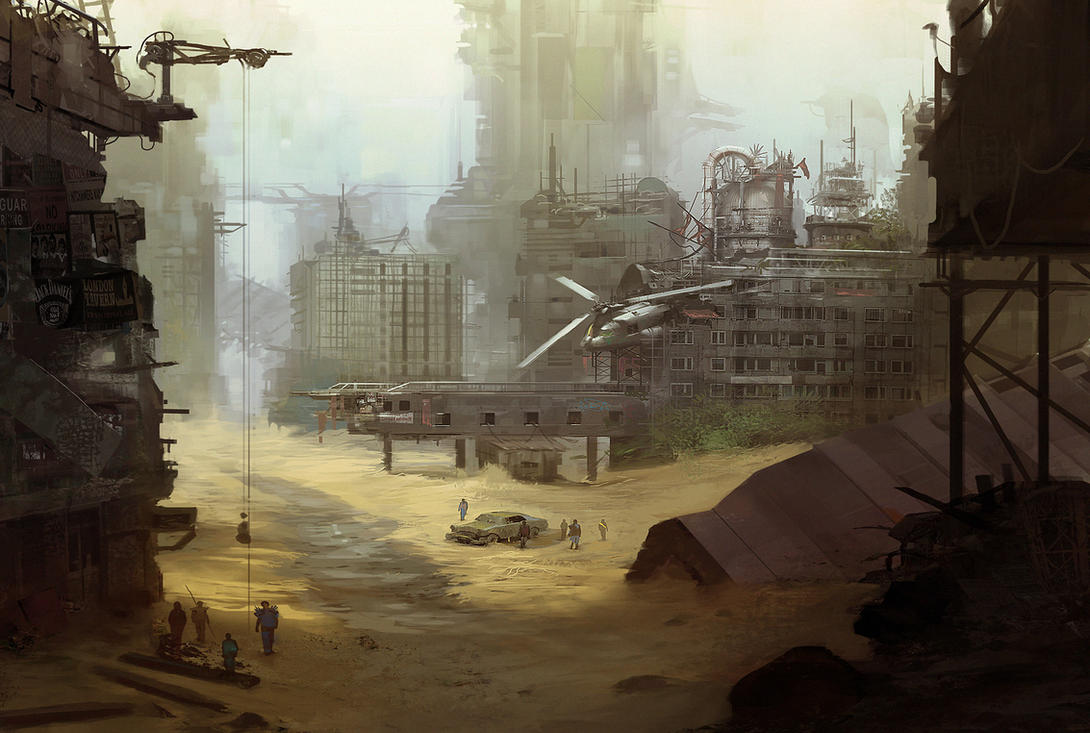Artificial intelligence, time travel, aliens and the apocalypse. Fear of what the future holds is inherent in this age of technology. Age of the Spiritual Machine is a book written by Ray Kurszweil, who has been called the "restless genius" according to the Wall Street Journal, and the "ultimate thinking machine" by Forbes. In this book, Kurszweil outlines a future utopia he foresaw - one in which humans gained near immortality by becoming one with robotic technology.
Our most powerful 21st-century technologies continue to grow at an incredible rate. We as a society may be seeing the items on the following list coming true in our time:
- · New senses, telepathy
- · Brain transplants
- · Matter reformation
- · Weather control
- · Contact lens displays
- · Alter space and time
- · Life on other planets
- · Alien contact
- · Synthetic/eternal life
- · Intelligent machines
- · Cryogenic sleep
- · Cloning: extinct animals, ourselves
- · Bionic implants for strength
- · Creation of new organisms
- · Genes from other species implanted in us
At first glance, some of these topics seem farcical, perhaps even laughable. Technology is progressing at a rate that the public may not even realize, and for scientists on the cutting edge of technology, these subjects which were once laughable, are now becoming topics under serious scientific and philosophical scrutiny.
Many crucial topics to consider when thinking about the future of technology involve ideas of dependence, and power. For example, who is dependent on who? And from there, who has the power? In his book, Kurzweil discusses a society in which humans have become so dependent upon machines, that turning the off switch becomes equated with suicide.
- · Advancing at immoderate rates to think of consequences, “blind progress”
- · “playing God”
- · creation of excessively powerful weapons
- · disproving God
- · disappearance of the human race, replaced by "cyborgs", bionic/human hybrids
- · cloning dead people and extinct animals could have unforeseen consequences
Drawing from these mental images, and their associated fears, I wanted to portray the future, and illustrate the negative results that technology may bring.
Digital painting is an emerging art form in which traditional painting techniques such as watercolor, oils, impasto, etc. are applied using digital tools by means of a computer, a digitizing tablet and stylus, and software.
A graphics tablet (or digitizer, digitizing tablet, graphics pad, drawing tablet) is a computer input device that allows one to hand-draw images and graphics, similar to the way one draws images with a pencil and paper.
Using Photoshop CS2 (and yes, I know I'm behind the times with adobe software), and a Wacom graphics tablet, I hope to portray a frightening world in which technology, not us, possesses the power.
Here are some digital paintings from various artists online who have also focused on a nightmarish, menacing future:
Here are some digital paintings from various artists online who have also focused on a nightmarish, menacing future:
 |
| The Medusa Fields by spyroteknik |
 |
| Future Face 5 by biz02 |
 |
| Rusty Future by eWKn |
Here's a short video explaining technological advancement within the next 50 years, covering various topics:
Here's another video from a Microsoft commercial, illustrating their vision of the future:
Here is the final digital painting, encompassing cloning of the dead, the apocalypse, and cyborgs:
Please click for full view! :)
















